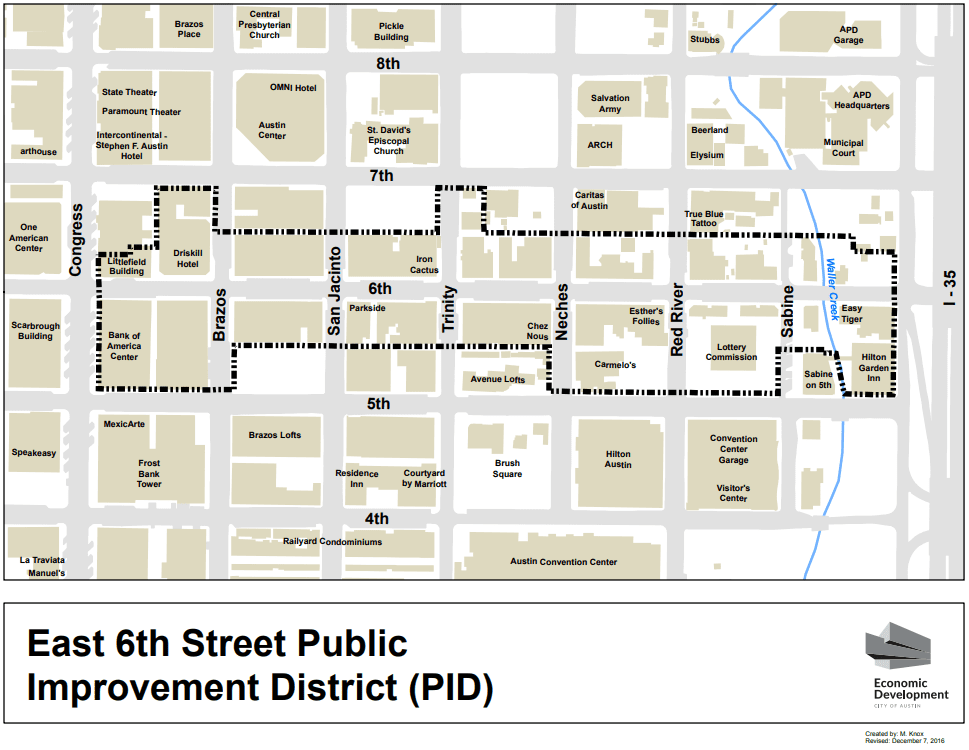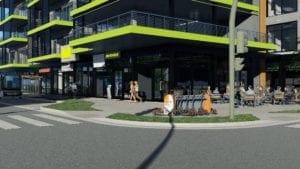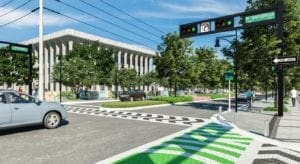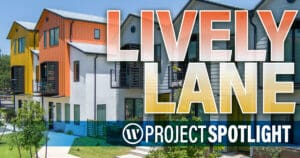In this post, we will be evaluating how special districts in Austin, Texas are set-up, financed, and operated to support the improvement of designated areas.
Public Improvement Districts (PIDs) are the most popular special district in Austin. PIDs are an evolving tool depending on the type of benefit you want to derive from the area the district serves. Typically, PIDs were used to enhance existing entertainment, destination and business districts. The first PIDs established in Austin were the Downtown Austin PID and the East Sixth Street PID. In these districts, a majority of the property owners agreed to levy an additional tax on their property to finance improvements in the district. Properties in the Downtown Austin PID are assessed an additional $.10 per $100 in assessed value. The City contracts with the Downtown Austin Alliance to manage the district which promotes growth and revitalization in the City’s urban core. The assessment in the East Sixth Street PID was just increased from $.10 to .$15 per $100 in assessed value in 2009. The City contracts with 6ixth Street Austin to manage that district.
These districts are also known and Business Improvement Districts or a collection of other names, because historically, they have supported the enhancement of commercial activity in the corresponding area.
Cities like Austin have been trailblazers in expanding the scope and usefulness of PIDs and other special districts. In December 2008, the Austin City Council passed an innovative resolution, recommending new criteria for the creation, financing, and approval of PIDs. The resolution states that the objective for creating a PID should be to “support superior development in the Desired Development Zone (DDZ).”
Included among the basic requirements for a PID are: extraordinary public benefits, an accompanying development agreement, development in the DDZ, consistency with the City’s comprehensive plan, a financially self-sustaining model, development that meets or exceeds the intent of the development standards of City Code, and approval from 100 percent of landowners within the proposed boundaries of an undeveloped land PID, or a majority of landowners within the boundaries of all other PIDs. The last statement is important as undeveloped land requires 100 percent approval from landowners in undeveloped areas, but it remains a simple majority in all other PIDs.
City staff also laid out a series of improvements and services that would qualify for PID financing. These include amenities such as pedestrian malls, acquisition and installation of art, mass transportation facilities, landscaping, fountains, lighting, libraries, off-street parking facilities, etc. For a complete list, reference the enabling resolution.
Also included in the resolution were factors the City will evaluate when considering whether a PID provides a public benefit. These include, but are not limited to: whether the development would establish land-use controls that otherwise would not be available in the City’s extraterritorial jurisdiction (ETJ), whether amenities would be provided that typically would not exist with conventional financing, and potentially allowing City capital improvement program funds to be redirected to other high priority needs by financing capital infrastructure with alternative PID financing.
A final element of PID approval is the criteria for assessing whether to issue bonds. To make this determination, the Council will consider evidence that the value of the PID property will be significantly increased, that there is no significant financial risk to the city, that the City will not have to pledge credit or taxing power to PID bond payments, and that phased development must be sustainable by the proposed bonding capacity, bond phasing, and development approvals.
What makes this so unique is that PIDs are now being used as a tool for building new infrastructure, enhancing existing infrastructure, or creating amenities that would not have existed otherwise. It creates another way for a landowner to responsibly develop subdivisions without encumbering current rate payers who would typically finance service extensions and new or better utilities. In essence, it is growth paying for itself.
In a later post, we will be taking a look at Municipal Utility Districts, another solution for creating responsible development in emerging growth areas.















